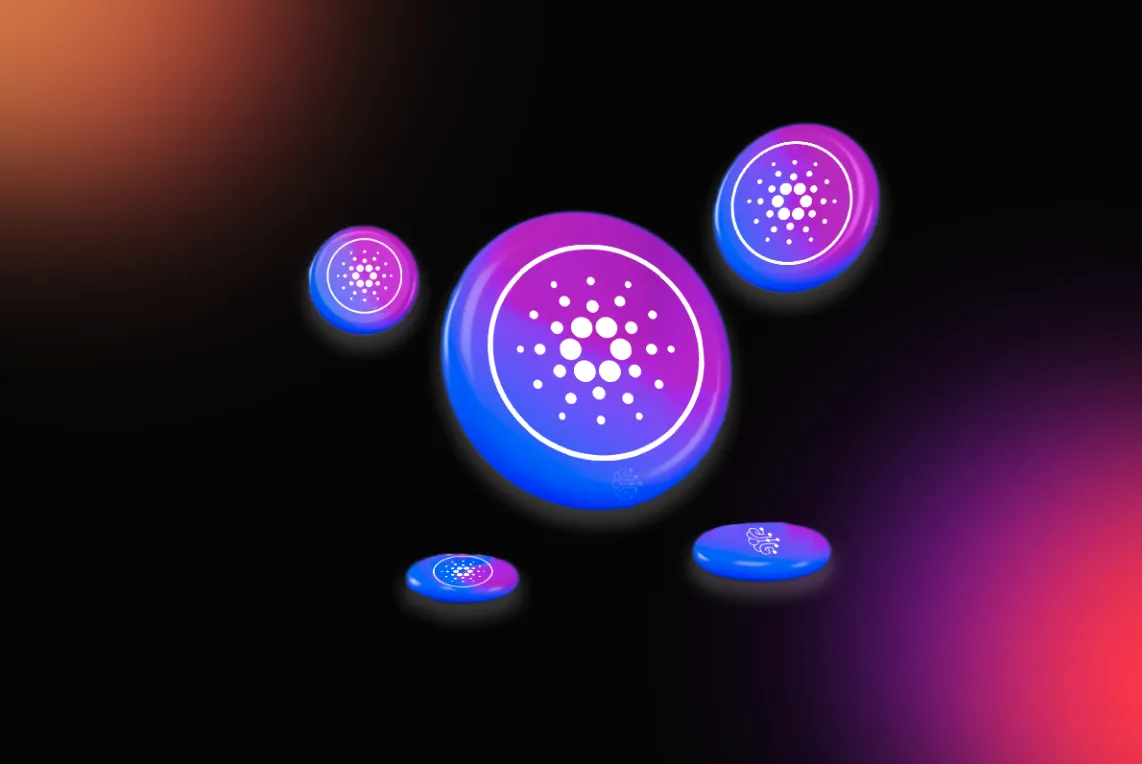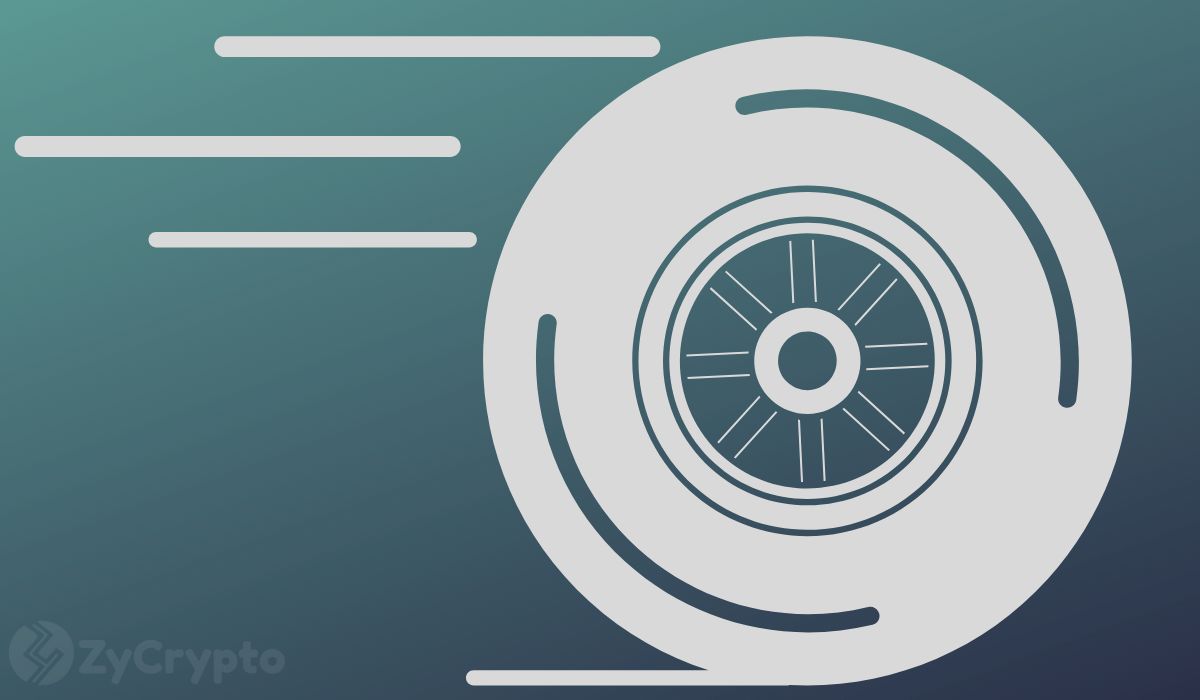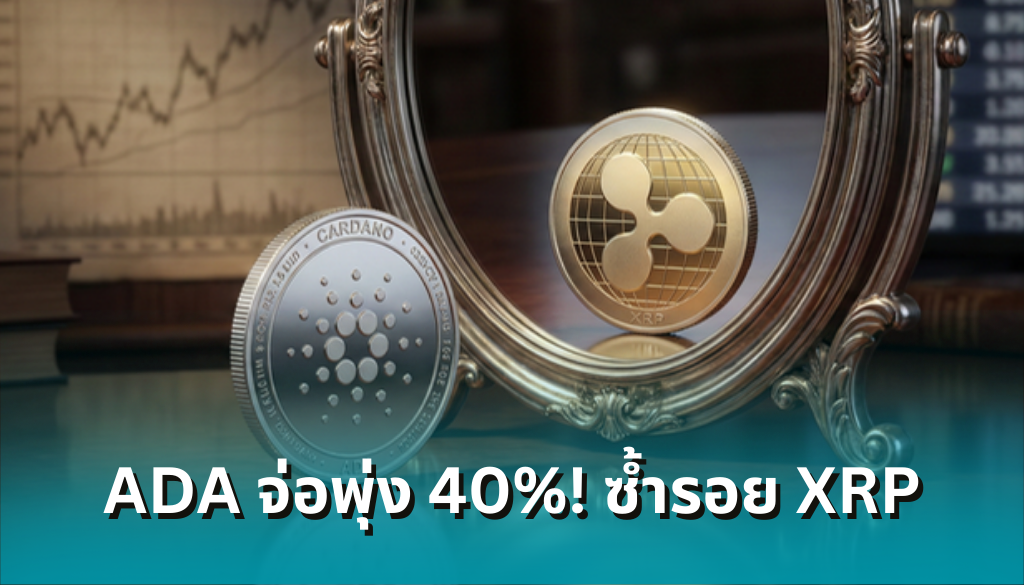Learning the Fundamentals of Cardano
Cardano is a 3rd generation blockchain platform which is more scalable and energy efficient by design compared to previous generations of blockchain like Bitcoin and Ethereum. The native currency of the Cardano ecosystem is called ADA, named after Ada Lovelace, the 19th-century mathematician often referred to as the “world’s first computer programmer”, and is the daughter of the poet Lord Byron.

Cardano is a 3rd generation blockchain platform which is more scalable and energy efficient by design compared to previous generations of blockchain like Bitcoin and Ethereum. The native currency of the Cardano ecosystem is called ADA, named after Ada Lovelace, the 19th-century mathematician often referred to as the “world’s first computer programmer”, and is the daughter of the poet Lord Byron. Cardano uses a Proof of Stake protocol called Ouroboros for the consensus mechanism of its network. With support for smart contracts, Cardano aims to host an ecosystem of decentralized applications to manage identity, value and governance. Cardano has been built from the group up based on peer-reviewed scientific research. This approach to development of Cardano is one of its hallmarks, making it a sound ecosystem that can act as a decentralized financial operating system for the world.
Phases of Cardano
Cardano was ideated in 2015 and launched in 2017. The development of Cardano is envisioned as through these five phases
- Byron - This era saw the laying of the foundations for Cardano with respect to its technology as well as its community. Daedalus and Yoroi wallets are notable deliveries from this time.
- Shelley - The network transformed from being federated during the Byron era towards true decentralization with more and more nodes being run by the Cardano community.
- Goguen - This era saw the launch of smart contracts in the Cardano ecosystem. This opened up opportunities for dApps developers to leverage Cardano for their innovations. Plutus, a purpose-built smart contract development language and execution platform using the functional programming language Haskell and Marlowe a domain-specific language (DSL) for financial contracts built on Plutus were highlights of this era.
- Basho - Optimization, scalability and interoperability are the key aspects of this era. With the foundations in place, smart contact support deployed and a growing community the focus shifts to support for dApp use cases, high transaction volumes by scaling both Layer 1 and sidechain solutions.
- Voltaire - Governance is key for long term sustainability of Cardano as a fully decentralized ecosystem. This era will focus on community led growth through voting and treasury systems as well as community led improvement proposals among others.
Key Concepts of Cardano
Proof of Stake:
Proof of stake (PoS) is a type of consensus mechanism or protocol that uses the amount of stake (or value) held in the system to determine consensus. The consensus protocol controls the laws and parameters governing the behavior of blockchains. In a decentralized environment the consensus mechanism enables the blockchain to sustain as a single source of truth about the transactions that occur.
Stake pool
Stake pools are responsible for processing transactions on the Cardano blockchain. Ouroboros protocol relies on stake pools, to create blocks which are aggregates of several transactions. ADA holders can bring their ADA to form a pool and become a stake pool operator. Alternatively ADA holders can participate in the network operation passively by delegating their ADA to an existing stake pool.
Delegation
Through delegation ADA holders can support a stake pool to generate blocks for the Cardano network. The rewards for block creation will be distributed to the delegators in proportion to their staked amount after the fees for the SPO.
Exploring transactions and blocks
Commonly used tools for exploring the transactions and block details are https://explorer.cardano.org/en.html and https://cardanoscan.io/. You will find other tools out there as well as is usual in the Cardano community.
Delegate Your Voting Power to FEED DRep in Cardano Governance.
DRep ID: drep12ukt4ctzmtf6l5rj76cddgf3dvuy0lfz7uky08jfvgr9ugaapz4 | We are driven to register as a DRep by our deep dedication to the Cardano ecosystem and our aspiration to take an active role in its development, ensuring that its progress stays true to the principles of decentralization, security, and community empowerment.DELEGATE VOTING POWER!








